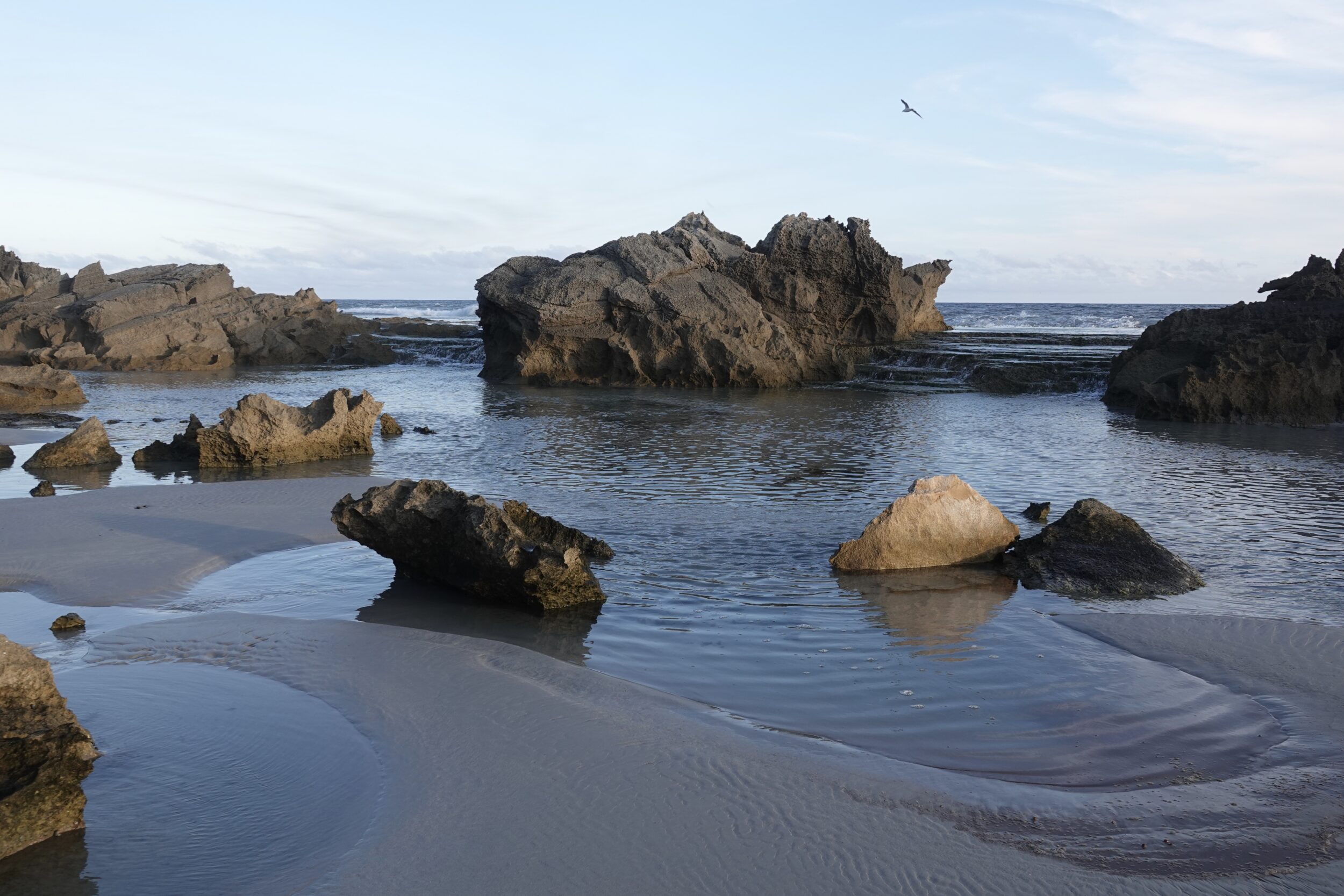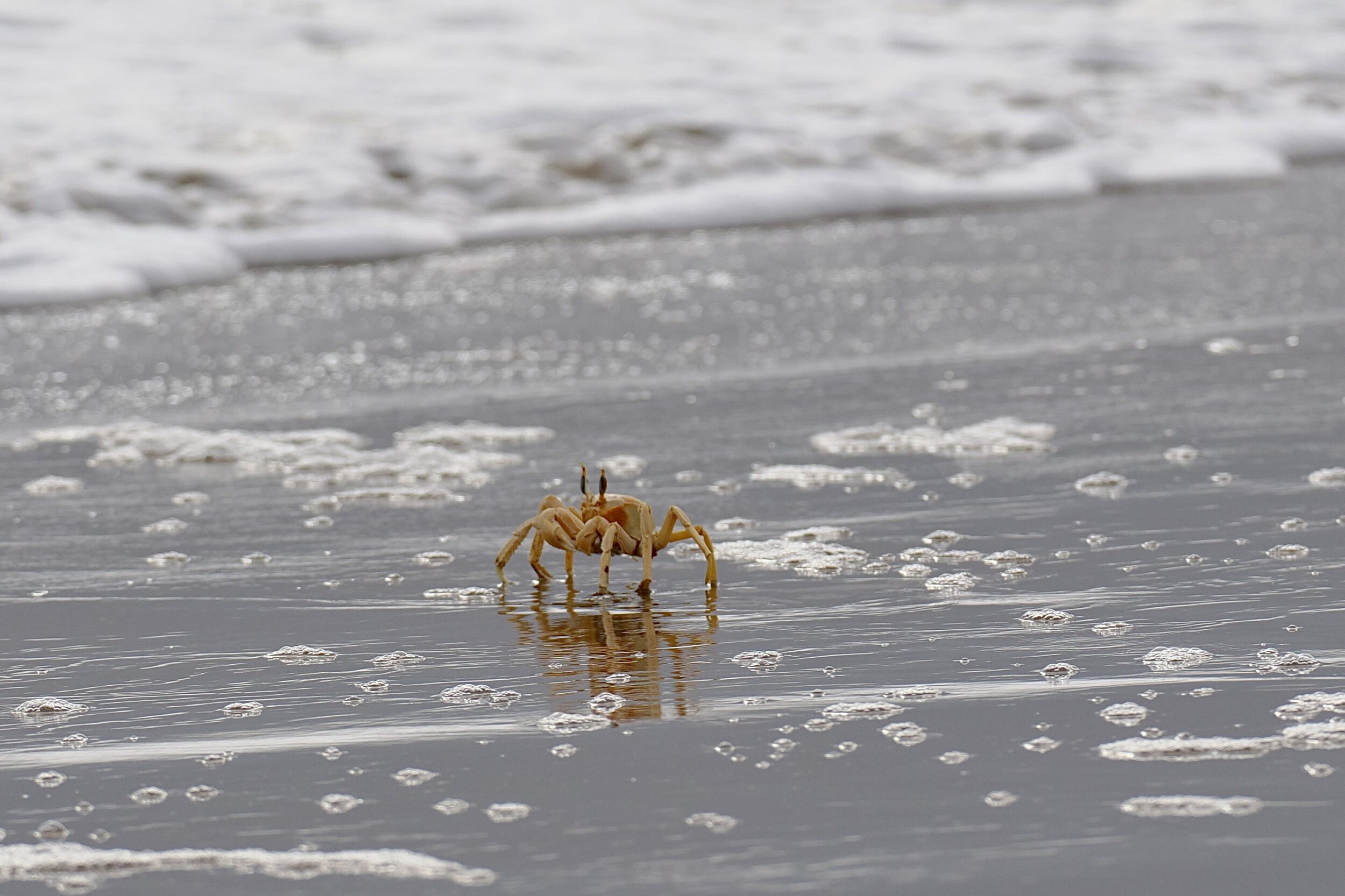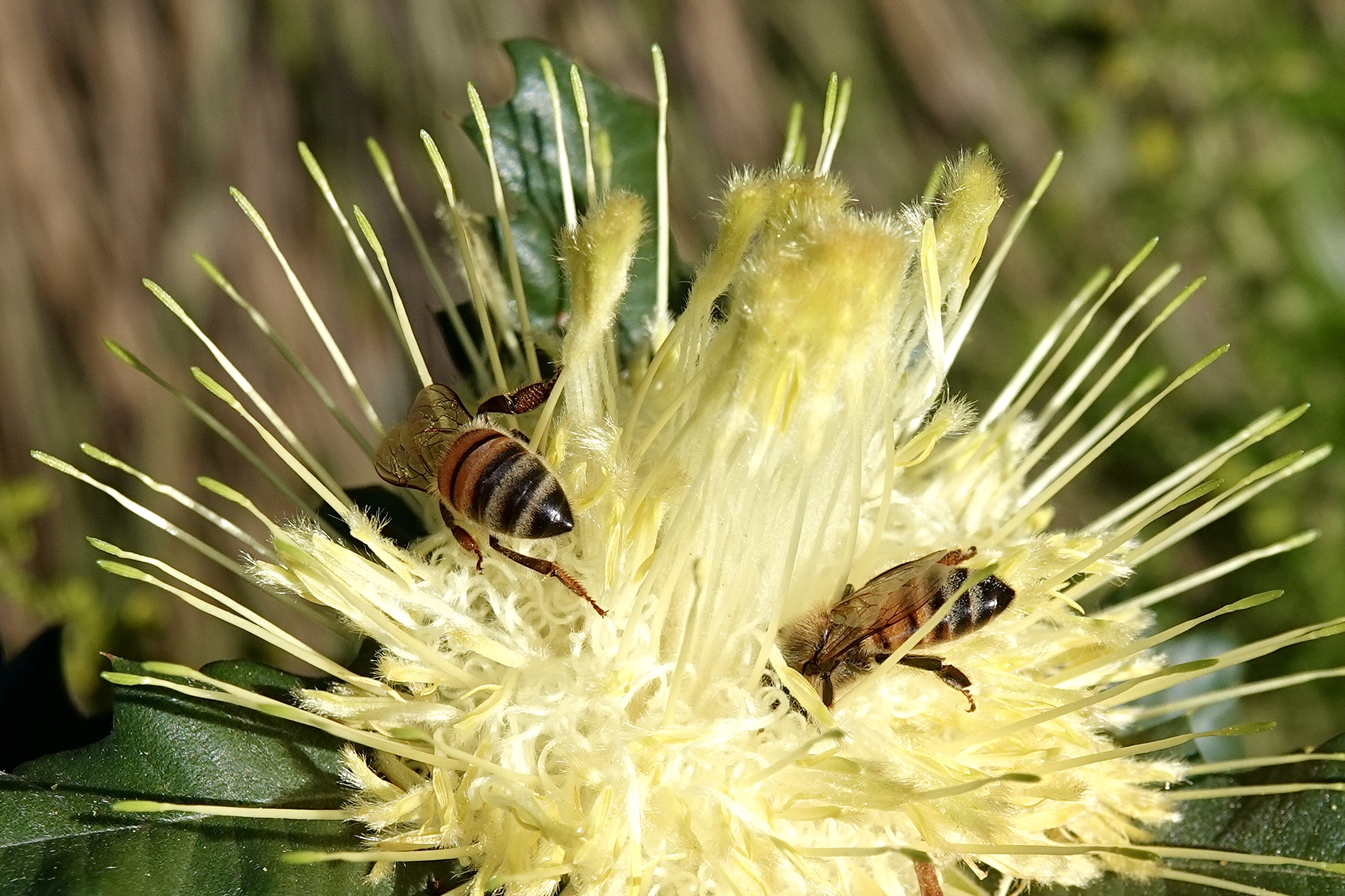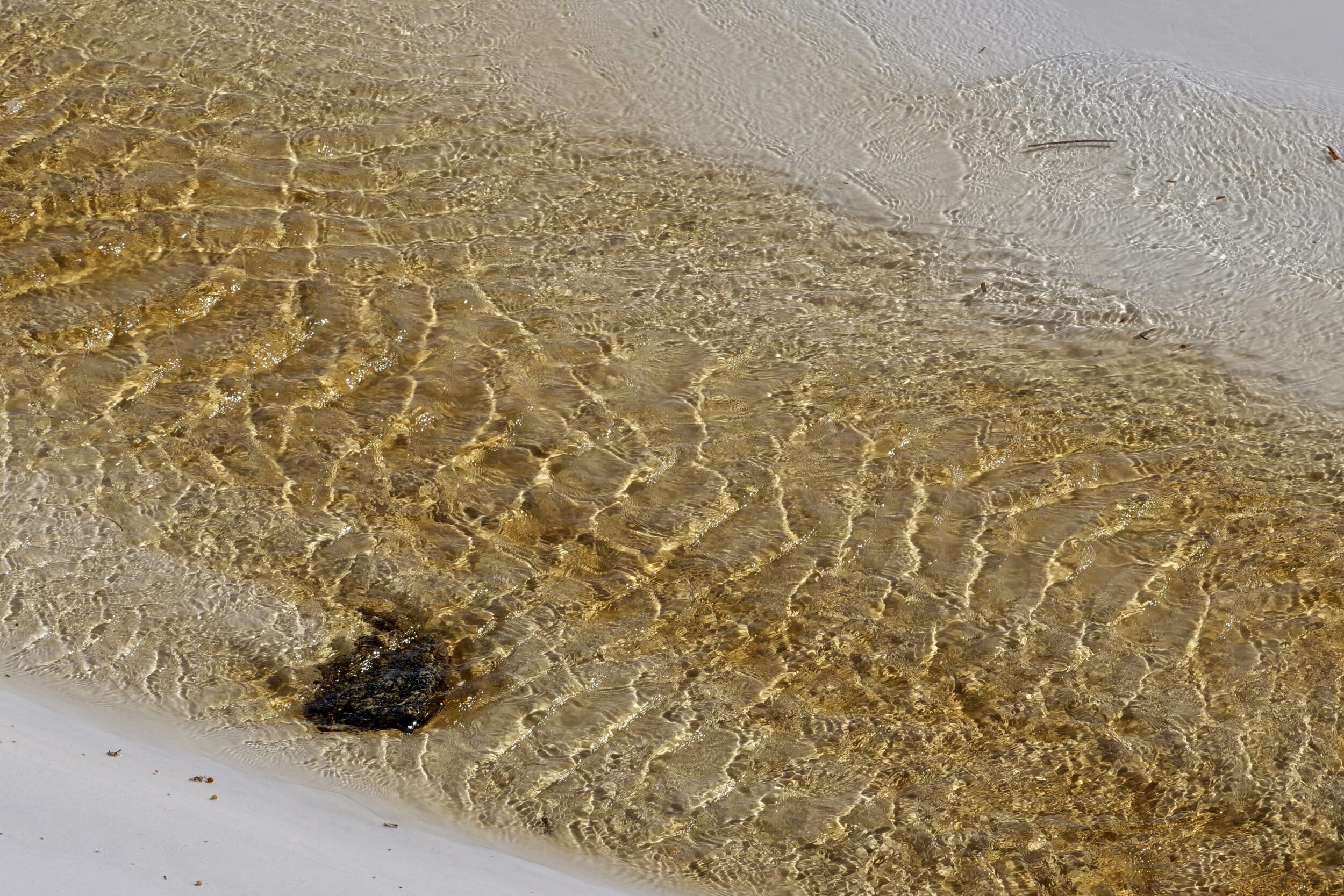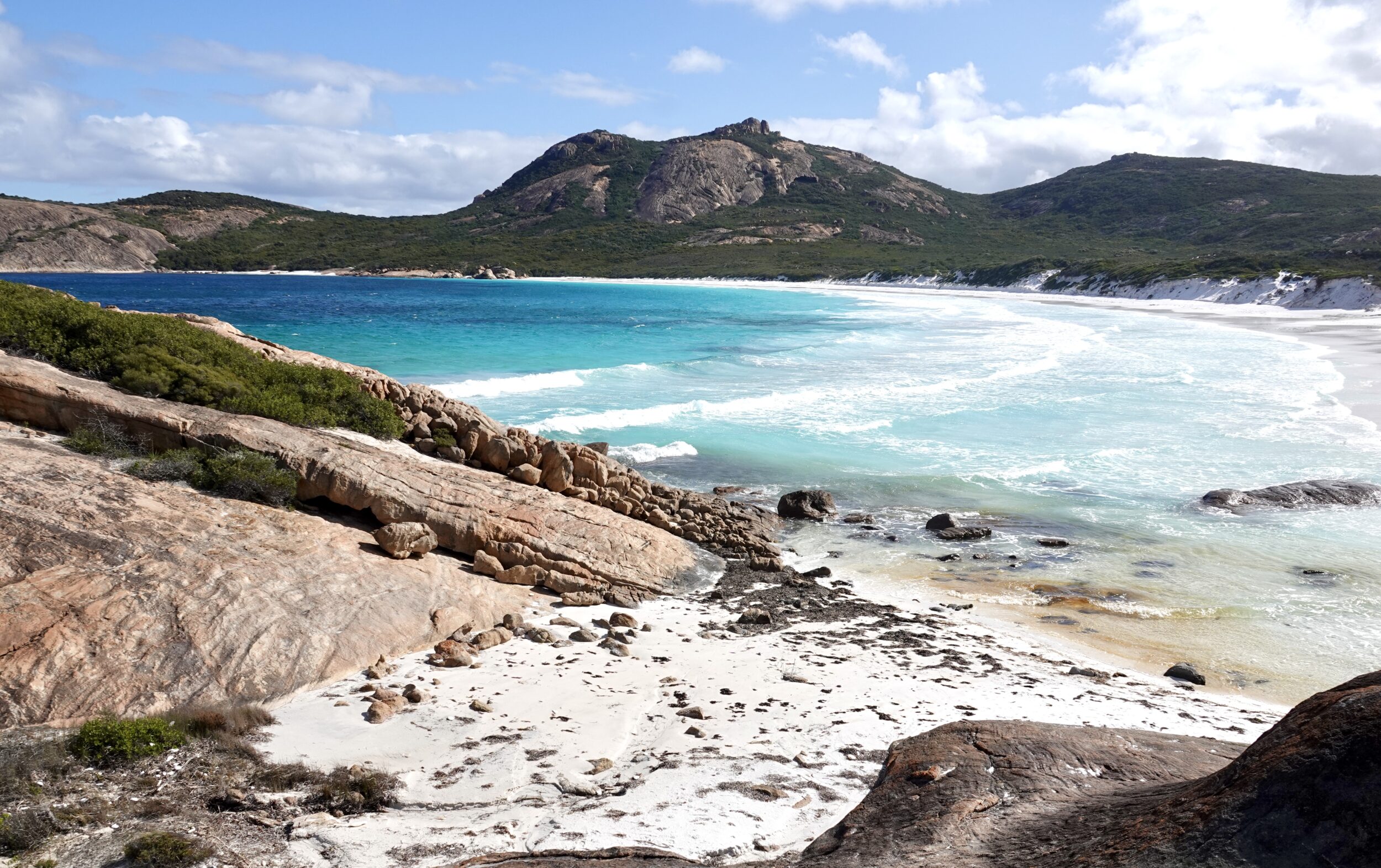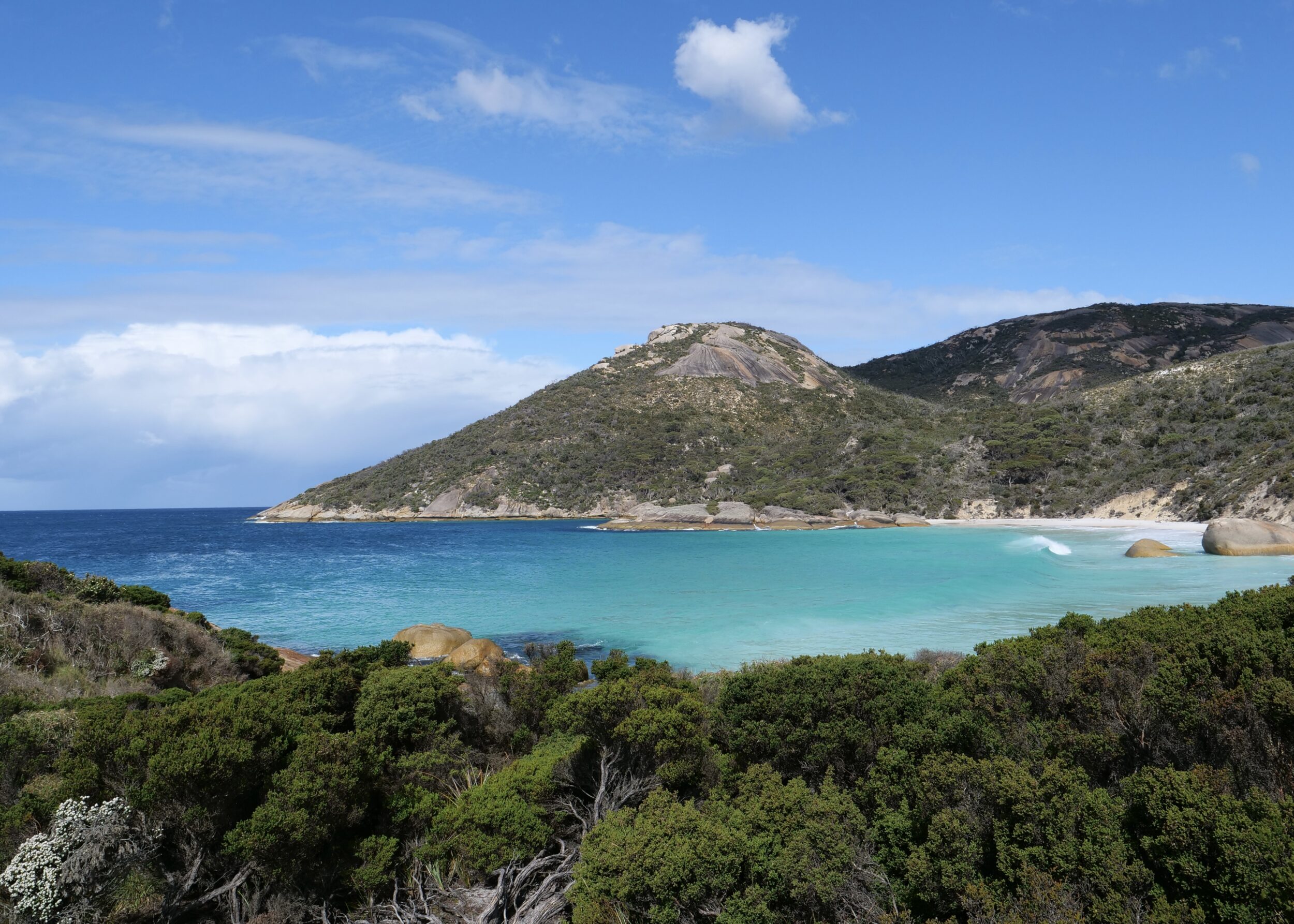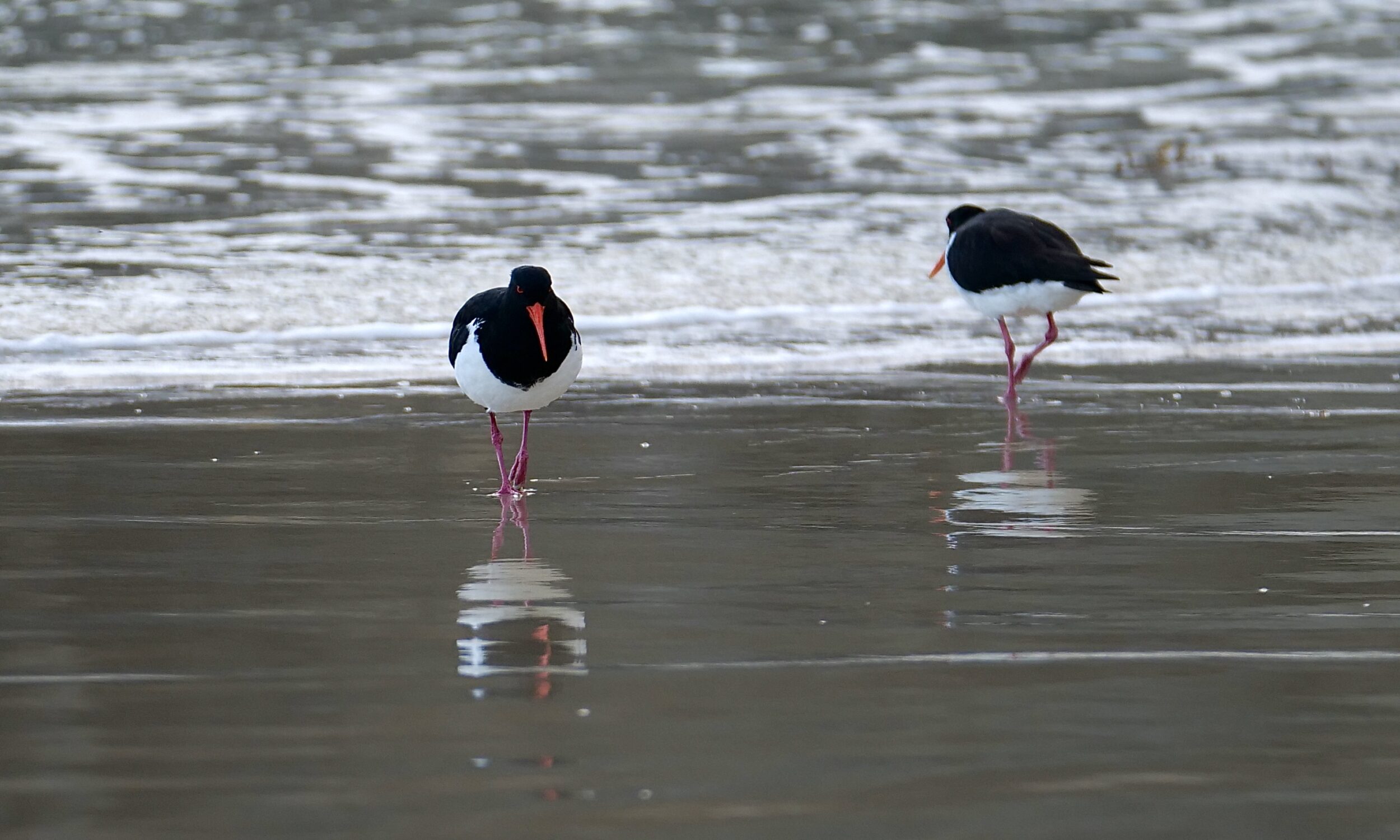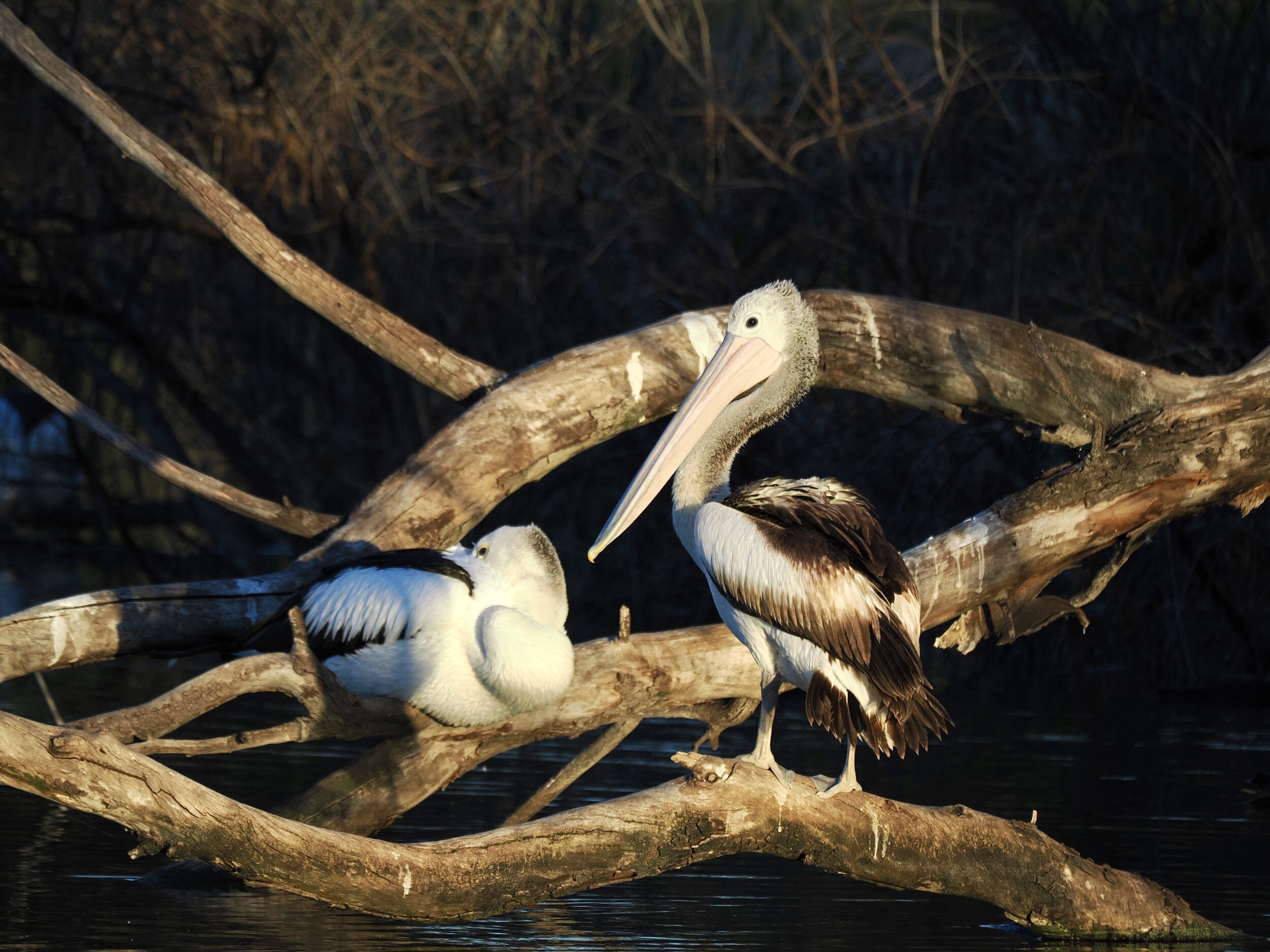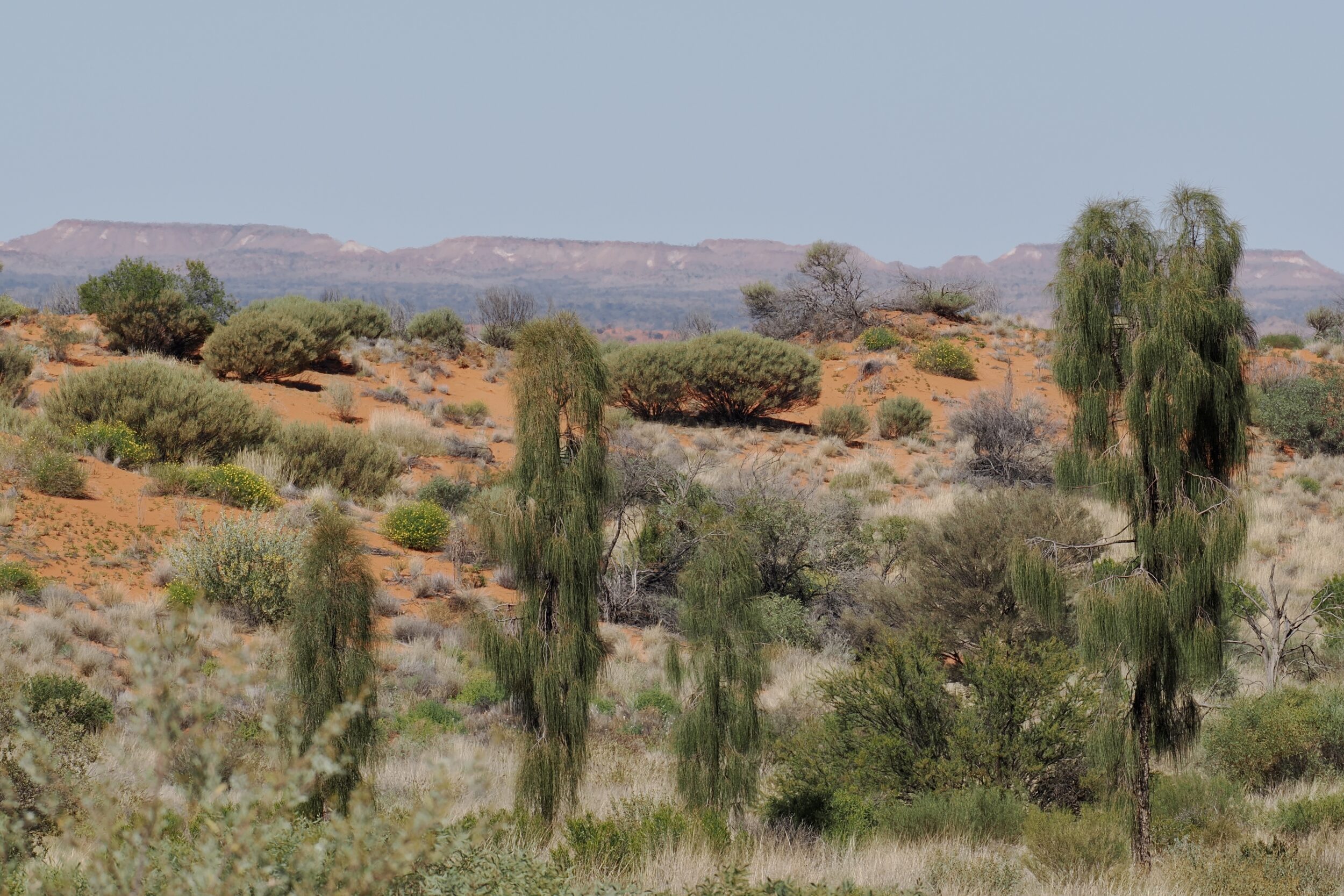Anvil Beach sits at the end of the Nullaki Peninsula, just east of where Irwin Inlet (sometimes) meets Southern Ocean.
It is one of the more “choice” of many wild and wonderful beaches on Western Australia’s south coast.
The proverbial crow – flying in from Denmark, not many kilometres distant, to the northwest – could reach Anvil Beach in just a few minutes.
Comments closed